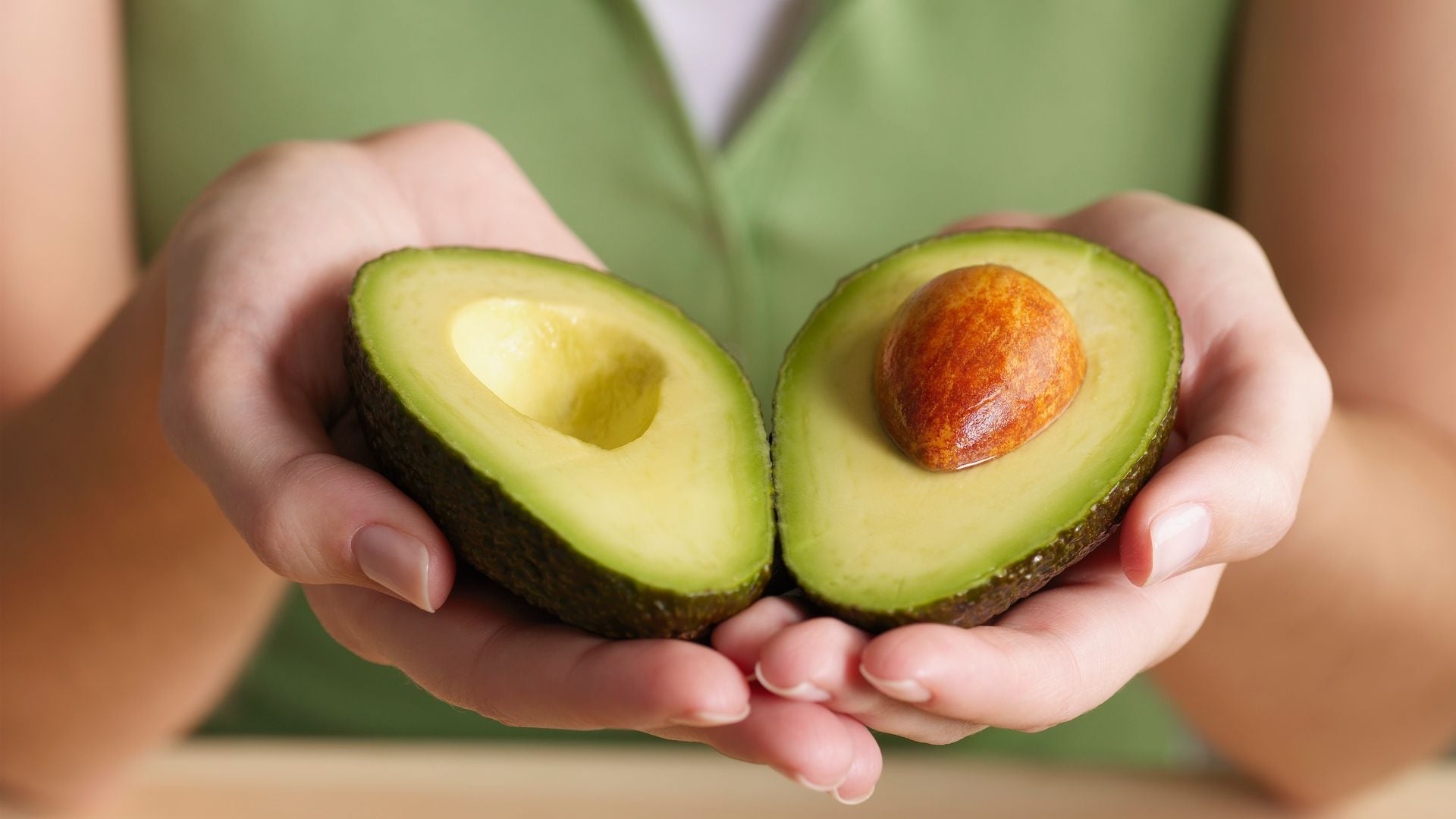If you’re an avocado lover and dream of having your very own plant at home, you’re in luck. Beloved for its versatility, the avocado has become a global favorite, from salads and smoothies to toast and dips. Its creamy texture, unique flavor, and health benefits make it one of the most coveted fruits in modern kitchens.
Why not try growing one yourself? Follow these simple steps to grow a thriving avocado plant at home.
1/10
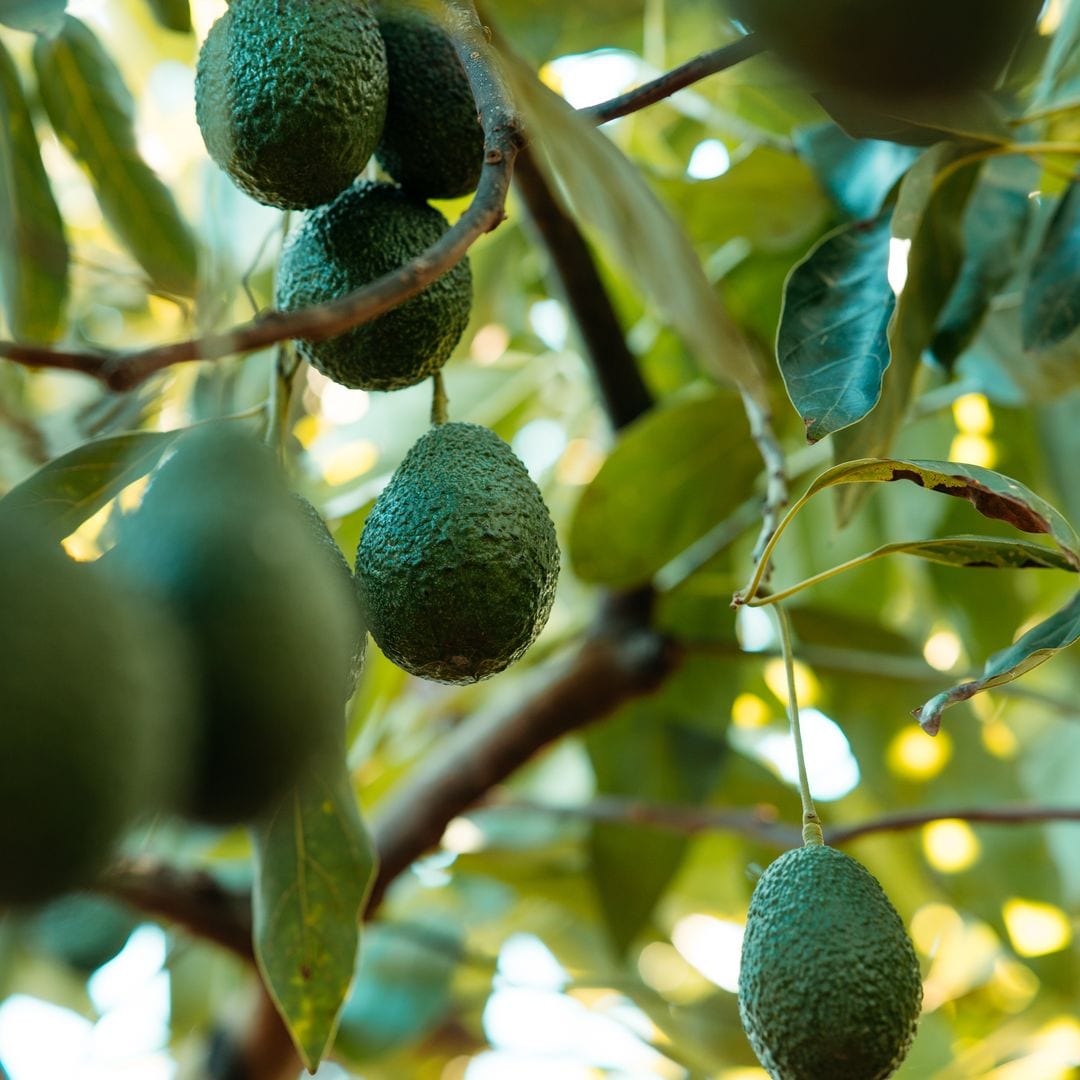 © Ana Rocio Garcia Franco
© Ana Rocio Garcia FrancoA Tropical Treasure
The avocado (Persea americana) has been enjoyed for over 10,000 years, with origins tracing back to Mexico, Colombia, and Venezuela. The Spanish introduced it to Europe, where it quickly became a sensation.
Today, avocados flourish in tropical and Mediterranean climates, prized worldwide for their taste, texture, and culinary versatility.
2/10
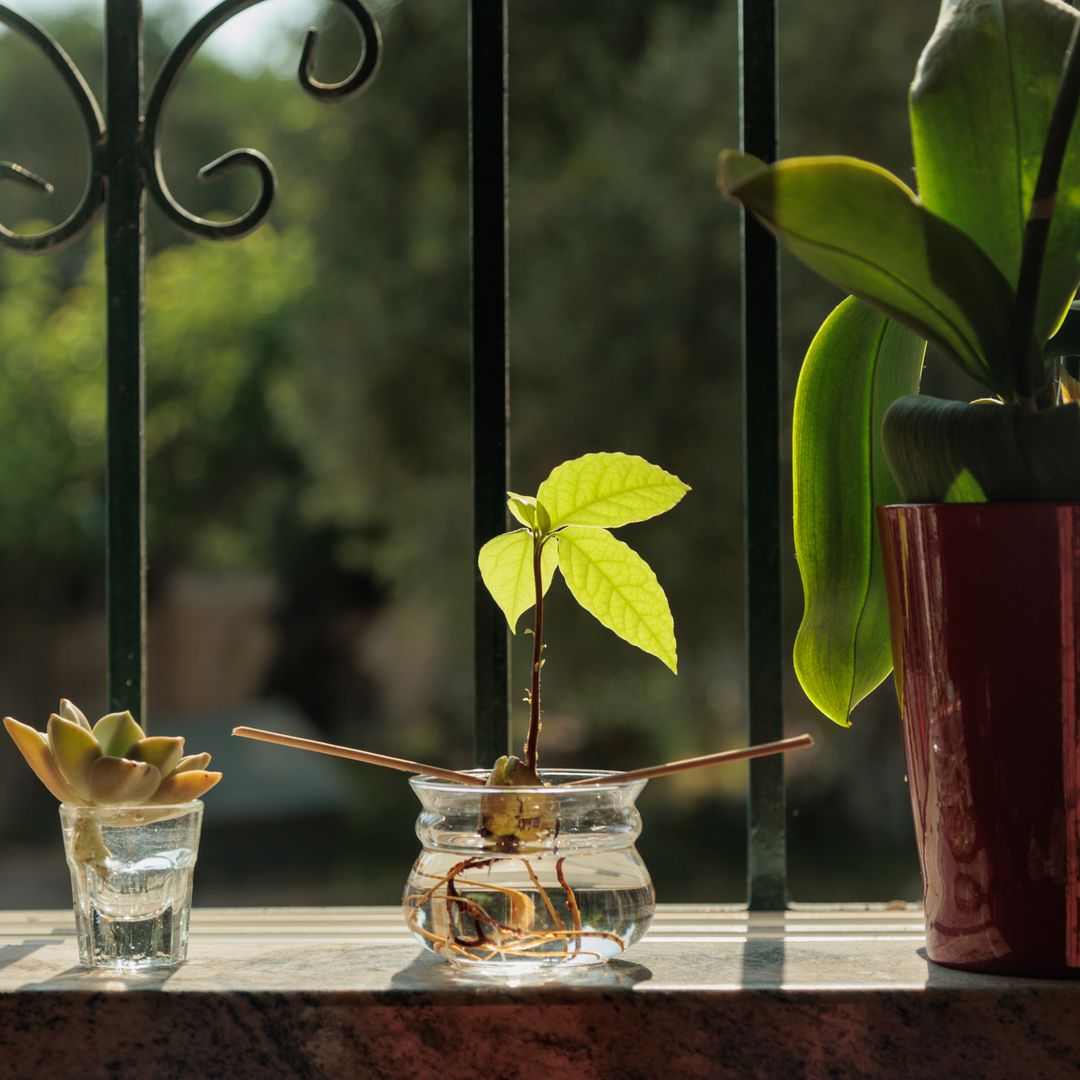 © Liubov Isaeva
© Liubov IsaevaChoose the Right Spot
As a tropical tree, avocados need warmth and stability. They don’t tolerate sudden climate changes and cannot survive temperatures below 50°F. Place your plant in a sunny spot where it can soak up 6 to 8 hours of direct sunlight each day, and ensure the area has high humidity.
The right location is key to healthy growth.
3/10
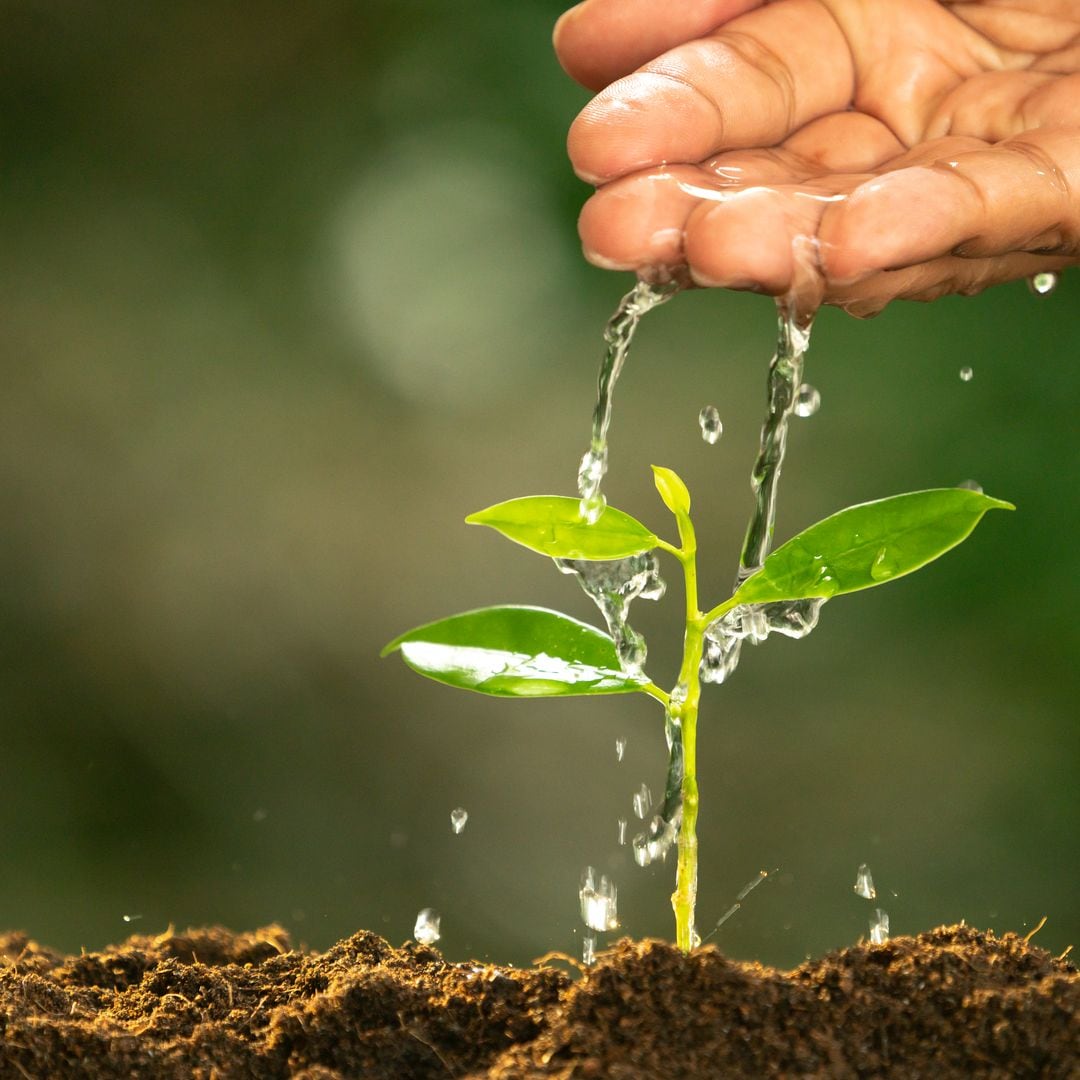 © Witthaya Prasongsin
© Witthaya PrasongsinWatering Wisely
Whether grown in a pot or directly in the ground, avocado plants need consistent moisture. Keep the soil slightly damp at all times, watering whenever the top layer feels dry. But be careful, avocados don’t like soggy conditions.
Good drainage is essential to prevent waterlogging, which can damage the roots.
4/10
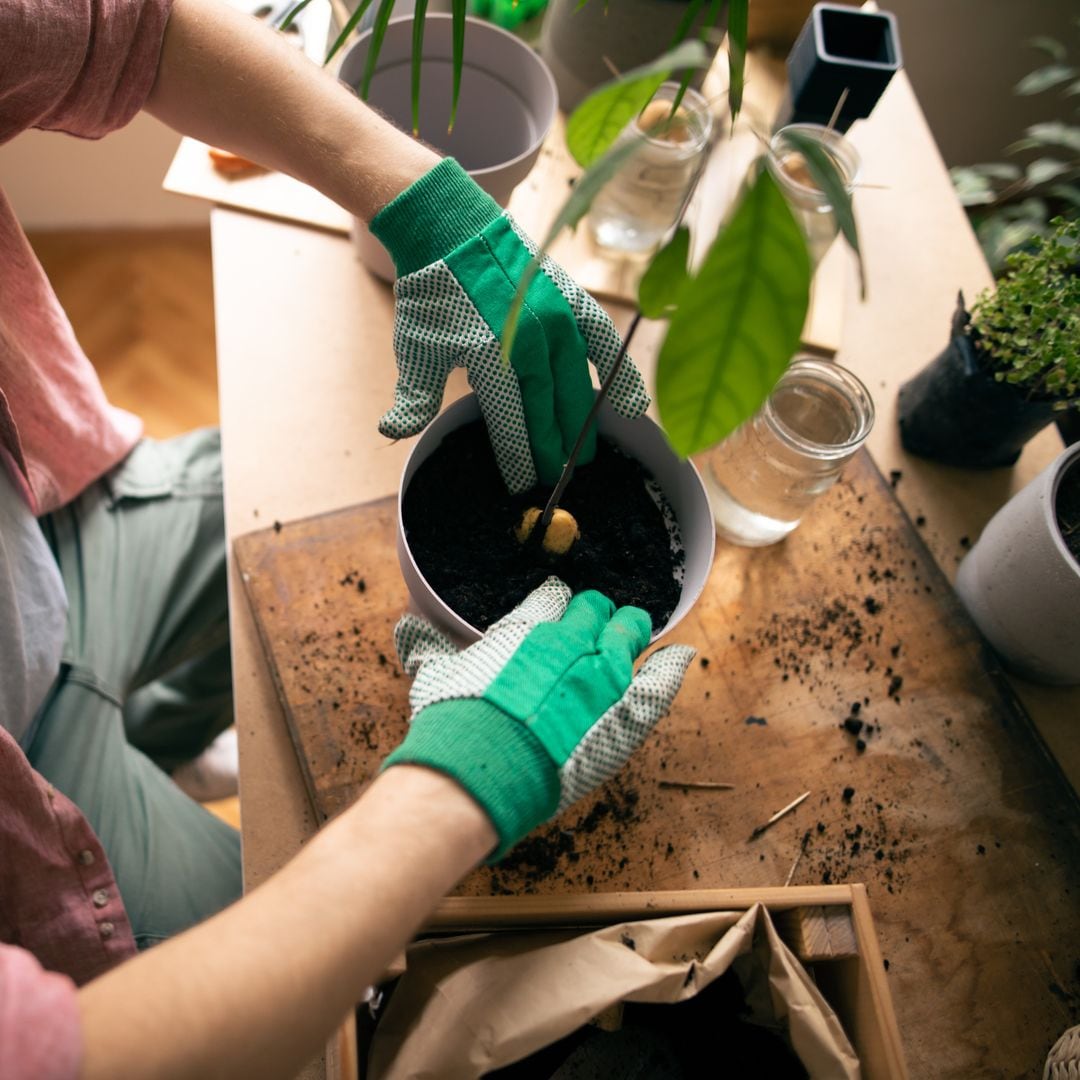 © SrdjanPav
© SrdjanPavFuel with Nutrients
Although easy to grow, avocados are slow growers and require patience. To thrive, they need minerals like magnesium, phosphorus, nitrogen, and potassium. Phosphorus, in particular, encourages fruit development.
Use natural, non-toxic fertilizers in spring and summer, so the future fruit remains safe to enjoy.
5/10
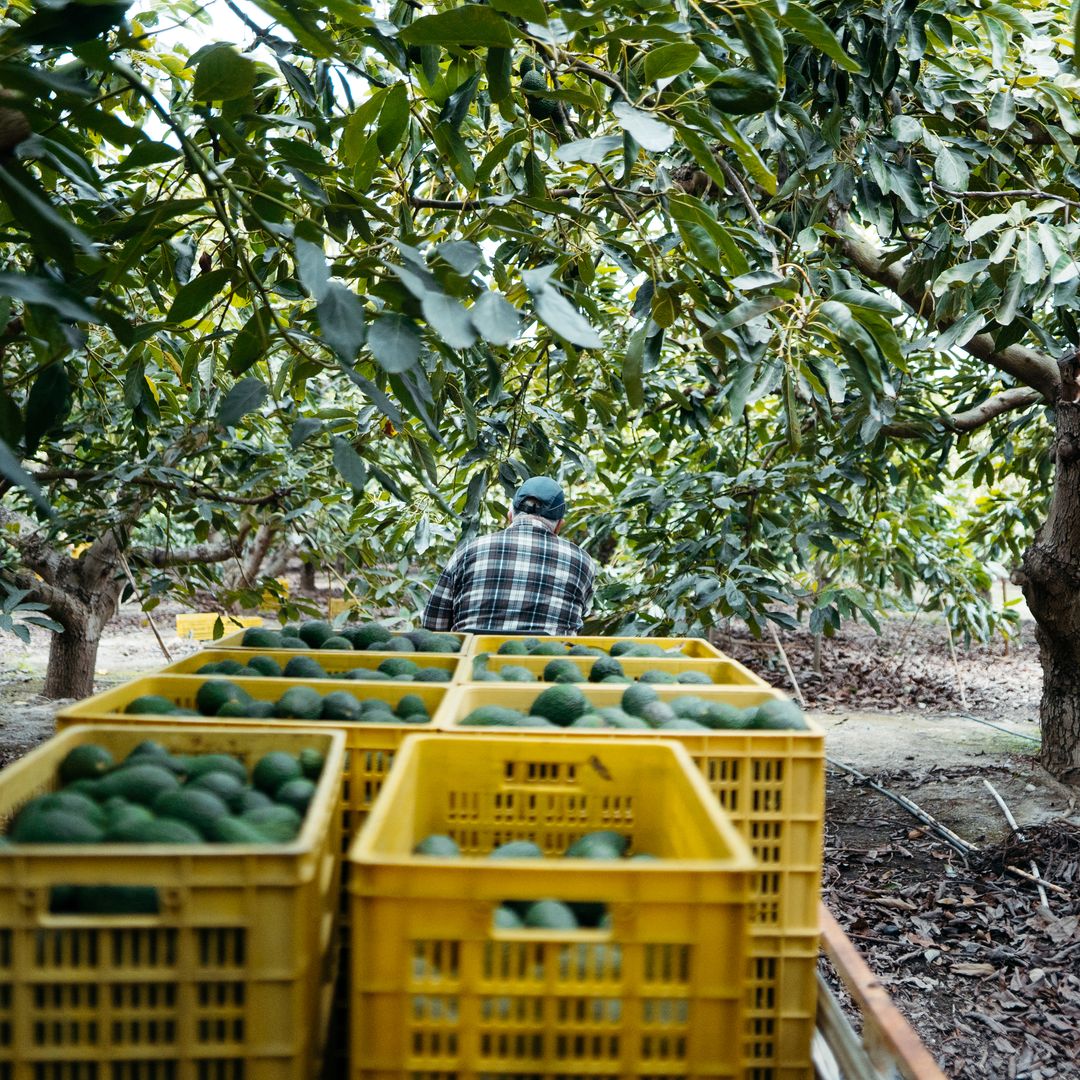 © Ana Rocio Garcia Franco
© Ana Rocio Garcia FrancoSoil Matters
The ideal soil for avocados is nutrient-rich, slightly acidic, and well-draining. A pH between 6 and 7 helps the plant absorb nutrients effectively. Start your seedling in a pot before transplanting it to the garden, and enrich the soil with organic matter to give your plant the best possible start.
6/10
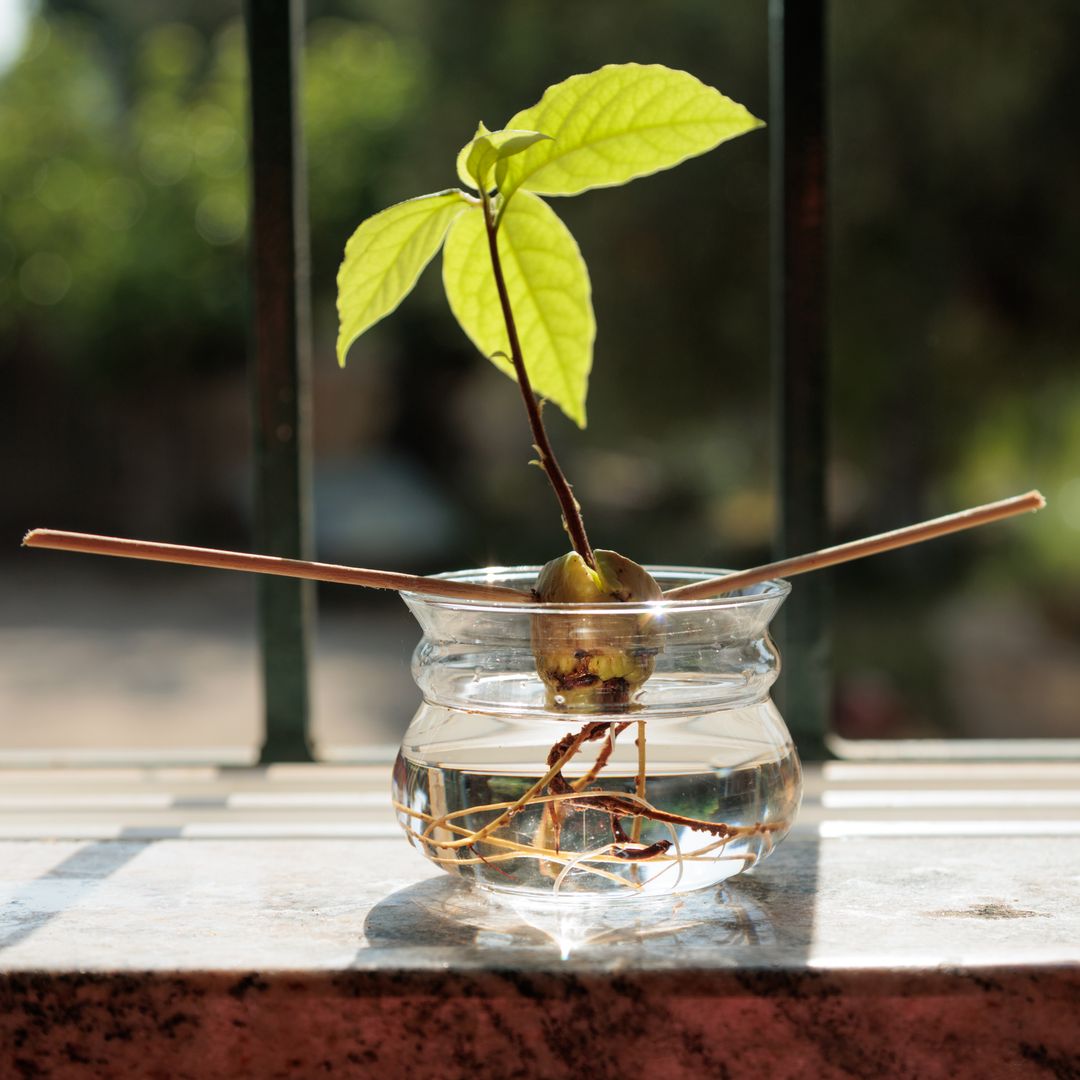 © Liubov Isaeva
© Liubov IsaevaStarting from a Seed
You don’t need to buy a plant, growing one from a seed is simple. Next time you enjoy an avocado, save the pit. Clean it, then insert four toothpicks around the sides to balance it over a glass of water, with the pointed end facing up and the rounded bottom half submerged.
Place the glass in a warm, sunny spot, topping up the water as it evaporates. Soon, roots will appear.
7/10
 © DigiPub
© DigiPubPatience Pays Off
Avocado seeds germinate slowly, so don’t worry if nothing happens right away. After about two months, the pit will crack open, sending out roots and a small stem.
Once the stem reaches about 8 inches tall, transfer the plant to a nutrient-rich pot, leaving the top of the pit slightly exposed.
8/10
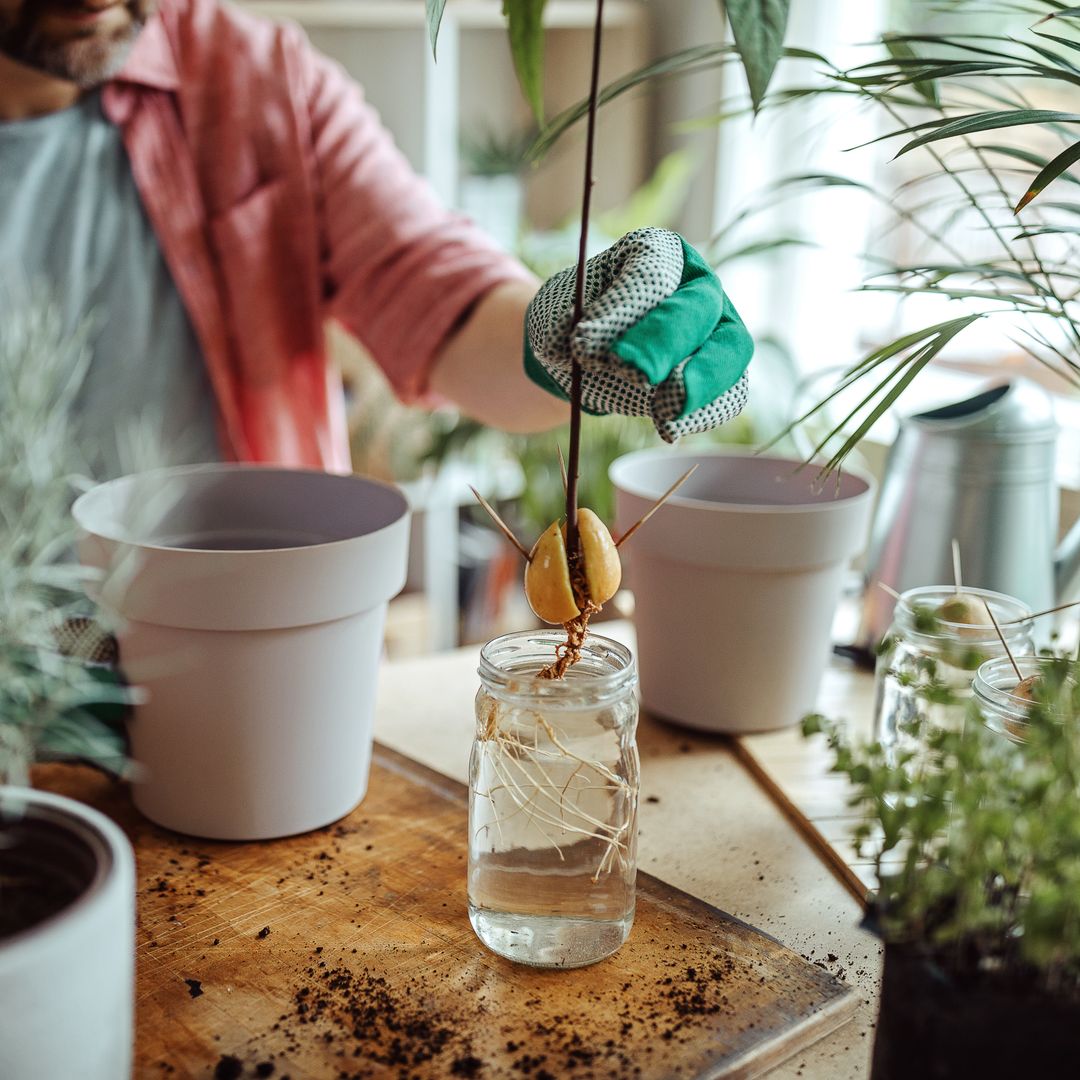 © mixetto
© mixettoGrowing in Pots
Avocado plants do well in pots, provided they have space and proper drainage. Repot every two years into a larger container to encourage growth. Pruning occasionally will also keep the plant strong and compact.
9/10
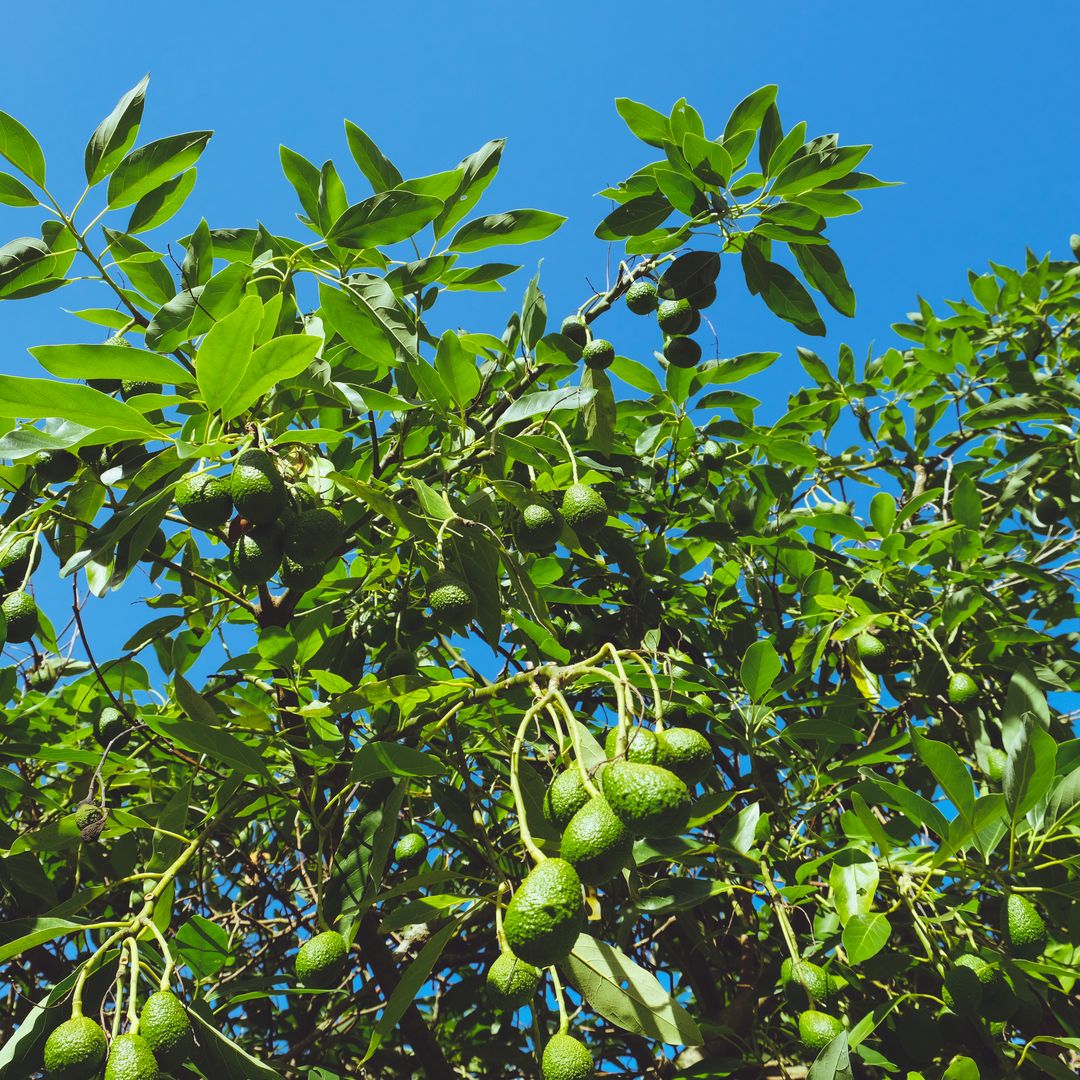 © saulgranda
© saulgrandaTransplanting to the Garden
If you have outdoor space, move your avocado tree to the garden once it’s established. Choose a warm, sunny, and sheltered location, away from cold winds.
Spring, between March and June, is the best time to transplant, especially when temperatures are consistently between 68–77°F.
10/10
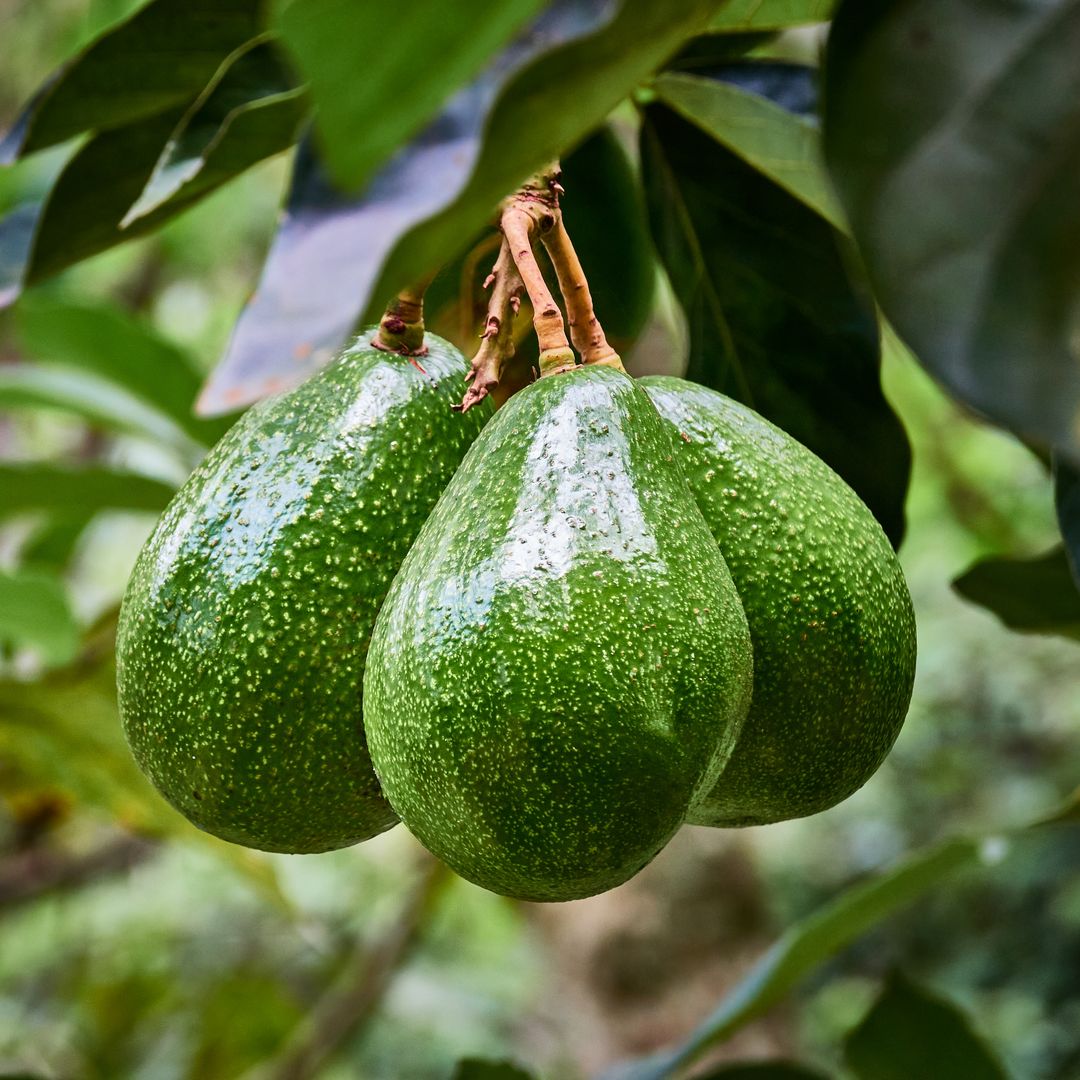 © Helen Camacaro
© Helen CamacaroSpeed Up with Grafting
If you’d like your avocado tree to produce fruit sooner, grafting is the way to go. Normally, it takes about two years for the first fruits to appear, but grafting can speed things up. Once your tree is about 37 inches tall, make a T-shaped cut in its stem about 12 inches from the base.
Take a bud from a fruit-bearing tree, slide it into the incision, and secure it carefully. In a few months, the bud will fuse with your young tree, and fruit will follow more quickly.
